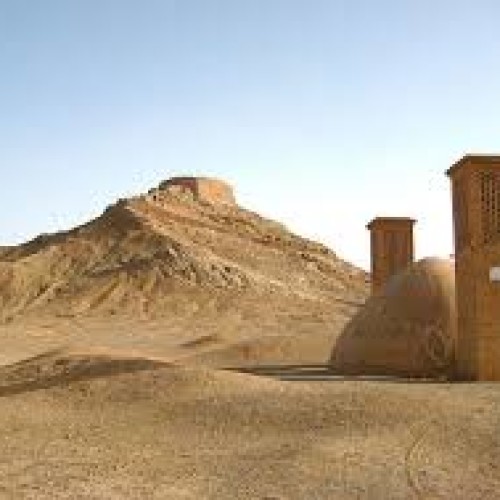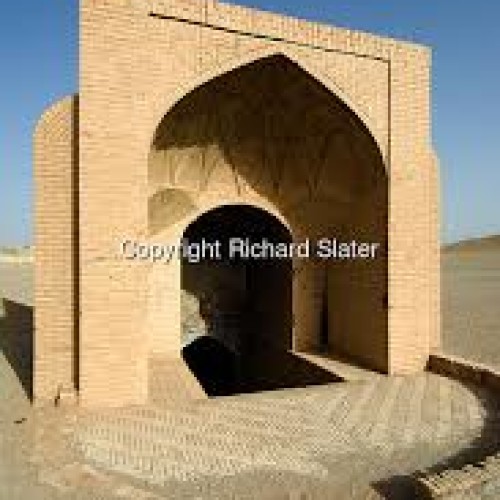In the Iranian Zoroastrian tradition, the towers were built atop hills or low mountains in desert locations distant from population centers. In the early twentieth century, the Iranian Zoroastrians gradually discontinued their use and began to favour burial or cremation.
The decision to change the system was accelerated by three considerations: The first problem arose with the establishment of the Dar ul-Funun medical school. Since Islam considers unnecessary dissection of corpses as a form of mutilation, thus forbidding it, there were no corpses for study available through official channels. The towers were repeatedly broken into, much to the dismay and humiliation of the Zoroastrian community. Secondly, while the towers had originally been built away from population centers, the growth of the towns led to the towers now being within city limits. Finally, many of the Zoroastrians themselves found the system outdated. Following long negotiations between the anjuman societies of Yazd, Kerman, and Tehran, the latter gained a majority and established a cemetery some 10 km from Tehran at Ghassr-e Firouzeh (Firouzeh’s Palace). The graves were lined with rocks and plastered with cement to prevent direct contact with the earth. In Yazd and Kerman, in addition to cemeteries, orthodox Zoroastrians continued to maintain a tower until the 1970s when ritual exposure was prohibited by law.







